Bad breath—clinically known as halitosis—is one of the most common yet least-discussed personal care concerns. People often assume brushing and flossing are enough, but research consistently shows that up to 90% of oral malodor originates from the tongue. This soft, textured surface becomes a perfect habitat for bacteria, food debris, and dead cells, making it a major source of unpleasant odors.
Tongue cleaning is a simple habit, but its science, technique, and tool options matter more than most people realize. This article explores why tongue hygiene is critical, how bacterial buildup leads to odor, and how to clean your tongue the right way for fresh breath all day.
What Causes Bad Breath in the First Place?
Bad breath does not simply come from “poor brushing.” In fact, even individuals with good oral hygiene can experience halitosis if they neglect tongue care. Most cases are caused by volatile sulfur compounds (VSCs)—chemicals produced when bacteria break down proteins left behind in the mouth. These compounds smell like rotten eggs, cabbage, or sulfur and accumulate primarily on the tongue.
Why the Tongue Is the Main Source
Unlike teeth, the tongue isn’t smooth. Its surface contains papillae, small hair-like projections that trap:
- Food particles
- Dead skin cells
- Bacteria
- Mucus
This trap-like structure makes it far easier for odor-causing bacteria to colonize the tongue than any other oral surface. Over time, a biofilm forms—a sticky layer of microbes responsible for most chronic bad breath cases.
The Biofilm Problem
Once established, tongue biofilm becomes resistant to casual rinsing or brushing. It must be physically removed. If not, bacteria thrive in oxygen-poor environments and produce even more VSCs, worsening odor.
How Does Tongue Cleaning Reduce Bad Breath?
Tongue cleaning targets the root cause—biofilm—by mechanically removing the bacteria living within it. This makes it far more effective than mouthwash alone.
The Benefits of Daily Tongue Cleaning
- Reduces volatile sulfur compounds
Regular scraping or brushing decreases VSC levels by removing bacterial colonies. - Improves taste perception
A clean tongue enhances sensitivity to sweet, salty, and sour flavors. - Reduces overall oral bacterial load
Fewer bacteria mean less plaque formation elsewhere. - Supports gum health
Lingering bacteria can spread toward the teeth and gums, increasing inflammation risk. - Boosts confidence
Fresh breath impacts social interactions, professional presence, and self-esteem.
Studies show that tongue cleaning can reduce bad breath more effectively than brushing alone, especially when performed with a scraper instead of a toothbrush.
What Is the Correct Tongue Cleaning Technique?
Doing it incorrectly can cause discomfort or micro-injuries, so technique matters.
Step-by-Step Guide
- Extend your tongue fully
This exposes the most surface area. - Start from the back
The rear portion holds the highest concentration of sulfur-producing bacteria.
Tip: If you gag easily, breathe slowly through your nose. - Use gentle, firm strokes
Move from back to front in smooth motions. - Rinse the scraper or brush after each pass
This helps remove bacteria and debris. - Repeat 5–10 times
Until the scraper comes back clean. - Finish with a mouth rinse
Antibacterial mouthwash or warm water helps remove loosened debris. - Clean your tool
Wash thoroughly after each use.
How Often Should You Clean Your Tongue?
Once or twice daily is ideal—preferably in the morning to remove overnight bacterial buildup and at night before bed.
Which Tongue Cleaning Tools Are Best?
There is no one-size-fits-all solution. The right tool depends on comfort, sensitivity, and ease of use. Here are the top options:
1. Tongue Scrapers (Most Effective)
Materials: Stainless steel, copper, plastic.
Why they work:
Tongue scrapers apply even pressure across the entire tongue and remove more debris than toothbrushes.
Pros:
- Most effective at removing tongue coating
- Gentle when used properly
- Easy to clean
- Long-lasting (especially metal types)
Cons:
- Some people find the sensation unfamiliar at first
Best for: Anyone seeking maximum odor reduction.
2. Toothbrushes (Convenient but Less Effective)
A regular toothbrush can clean the tongue but may not reach deeper grooves effectively.
Pros:
- Convenient—no extra tools needed
- Soft bristles can be comfortable
Cons:
- Less efficient at biofilm removal
- May induce gagging more easily
- Bristles may retain bacteria
Best for: Beginners or minimalists.
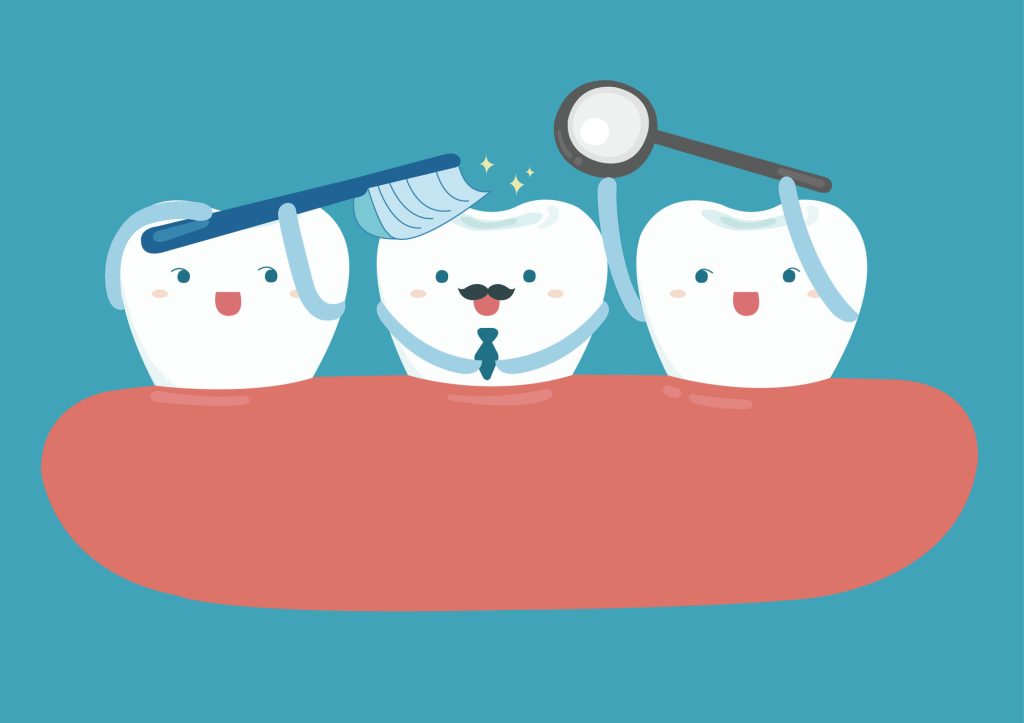
3. Tongue-Brush Hybrids (Good Compromise)
These tools combine scraper edges with soft bristles and are designed specifically for tongue cleaning.
Pros:
- Multifunctional
- Better debris removal than toothbrushes
- More comfortable than scrapers for sensitive users
Cons:
- More difficult to clean than metal scrapers
Best for: Those who want effectiveness with comfort.
4. Electric Tongue Cleaners (Advanced Option)
Electric devices use vibration or gentle rotation to loosen buildup.
Pros:
- Gentle for sensitive tongues
- Easier for people with limited hand mobility
- Tackles stubborn biofilm
Cons:
- More expensive
- Requires charging or batteries
Best for: People with chronic halitosis or heavy tongue coating.
Common Mistakes to Avoid
Even well-intentioned tongue cleaning can be ineffective—or harmful—if done incorrectly.
1. Cleaning only the front of the tongue
The front portion is cleaner; the rear holds the odor-causing bacteria.
2. Using too much pressure
A gentle, firm stroke is enough. Excess pressure can cause microtears.
3. Not cleaning the scraper often
Debris left on the scraper reintroduces bacteria.
4. Relying on mouthwash alone
Mouthwash reduces bacteria temporarily but cannot remove biofilm.
5. Skipping daily cleaning
Consistency is key for long-term breath freshness.
How Long Until You Notice Results?
Most people notice fresher breath immediately after cleaning their tongue.
Within a week of daily cleaning:
- Tongue looks visibly pinker
- Bad breath episodes reduce
- Food tastes better
For chronic halitosis sufferers, improvements may take 1–2 weeks, especially when combined with brushing, flossing, and hydration.
Who Should Be Extra Diligent About Tongue Cleaning?
Certain groups experience more tongue buildup and may benefit from twice-daily cleaning:
- Mouth breathers
- People with dry mouth (xerostomia)
- Smokers
- Coffee or alcohol drinkers
- High-protein diet followers
- Individuals with sinus issues or post-nasal drip
If bad breath persists despite good hygiene, consider a dental evaluation—underlying conditions like gum disease, tonsil stones, or gastrointestinal issues may contribute.
Final Thoughts: Does Tongue Cleaning Really Prevent Bad Breath?
Absolutely. Because the tongue is the primary source of odor-causing bacteria, cleaning it consistently is one of the most effective—and overlooked—ways to maintain fresh breath.
Tongue cleaning is simple, inexpensive, and scientifically supported. Combined with brushing, flossing, hydration, and healthy habits, it can transform your oral hygiene routine and significantly improve your confidence.
If you’re not yet cleaning your tongue daily, now is the best time to start.

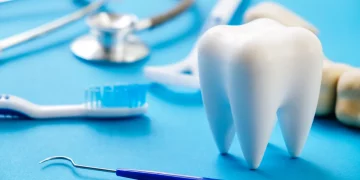



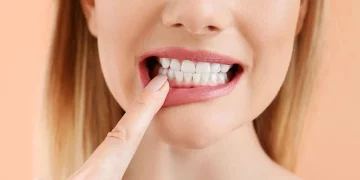
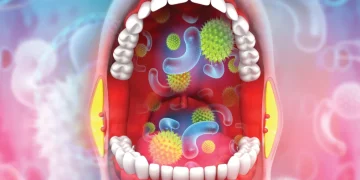
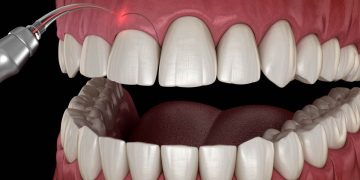
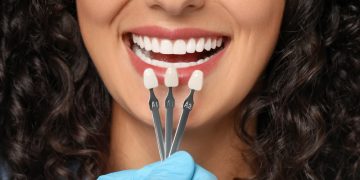
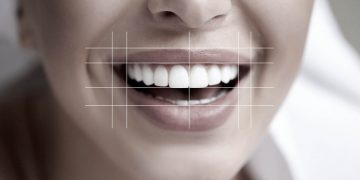
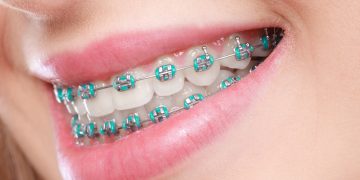
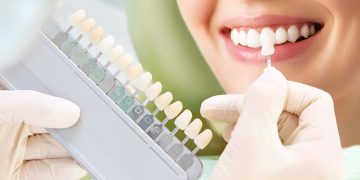
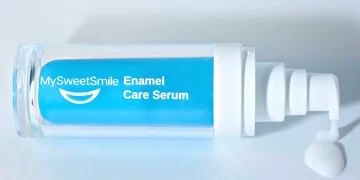













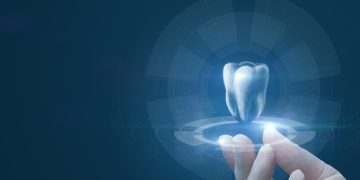



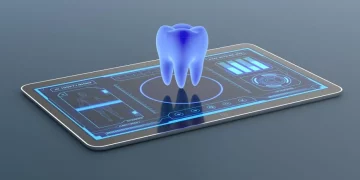













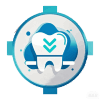
Discussion about this post